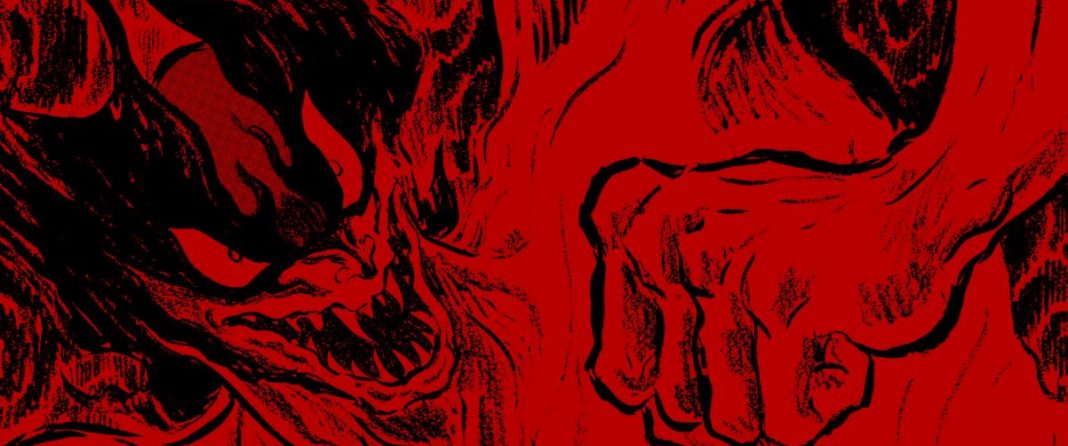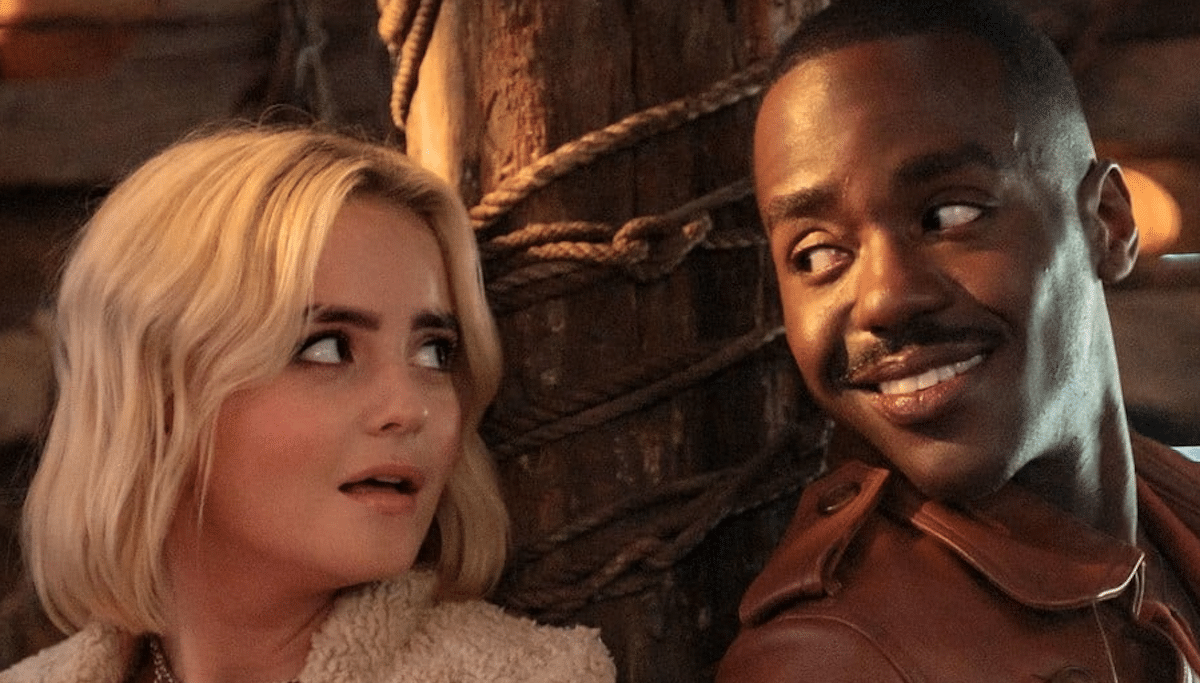My knowledge of Devilman was as surface as surface level gets. I knew there was an anime and that it was about a demon-hunting man possessed by a devil. I knew it had touches of erotica and that it was ultra violent, with demonic bodies sprouting blades and sharp talons for severing limbs (a common occurrence throughout the story).
My parents never shied away from putting horror books and comics in my hands or taking me to see horror movies while growing up (I saw The Exorcist way earlier than I should’ve but have no regrets). And yet, Devilman never really made it into my personal library; that is, until this year’s Halloween season.
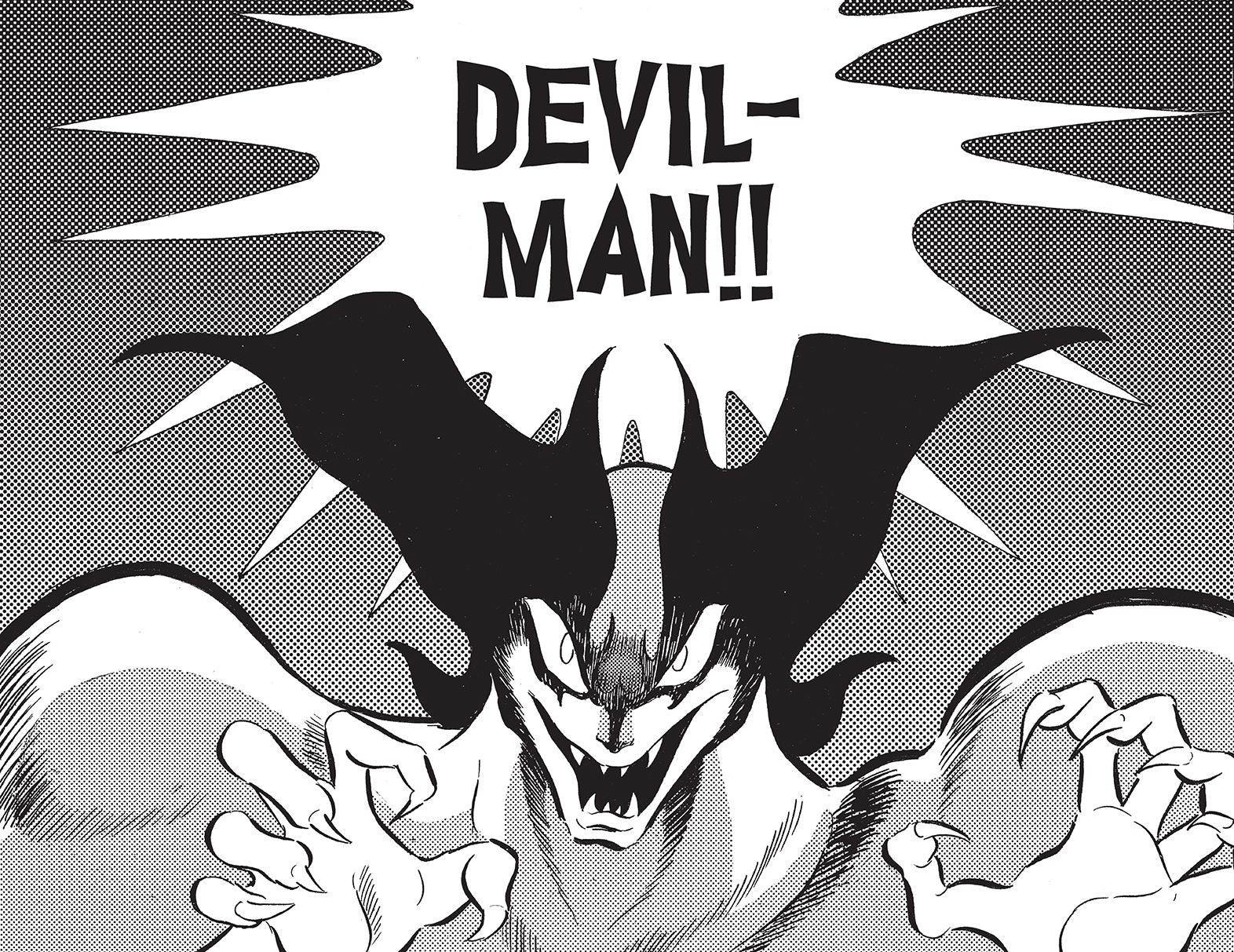
Growing up, I was the kid that didn’t get manga and was almost entirely anime illiterate. I wasn’t well versed in Dragon Ball or Pokémon (although I did watch the first few season of the anime series), nor did I know much about Akira or Appleseed, all of which had made it to and had dedicated followers in Puerto Rico. The few comic shops we had in the island had carefully curated manga collections, which in many cases kept local shops in business, but it was still a struggle to get specific titles on a regular basis. It meant I never managed to have much exposure to a lot of good manga, Devilman among them.
Gaming, on the other hand, was a completely different story. I actively sought out Japanese action horror games, especially on the original Playstation. Castlevania, Parasite Eve, Vampire Hunter D, Clock Tower, and Silent Hill were all a part of my formative years and I played them to death. Having finally read the first collection of Devilman, I felt drawn back to those days of PS1 horror and truly believe the book would’ve become my own personal gateway drug into manga and anime.
Devilman’s concept is simple. Fudo Akira, resident crybaby and all-around wimp, is given the power of a devil to destroy human-hungry demons from consuming all of humanity. Grotesque creatures state their reasons for violence and demon fights ensue.
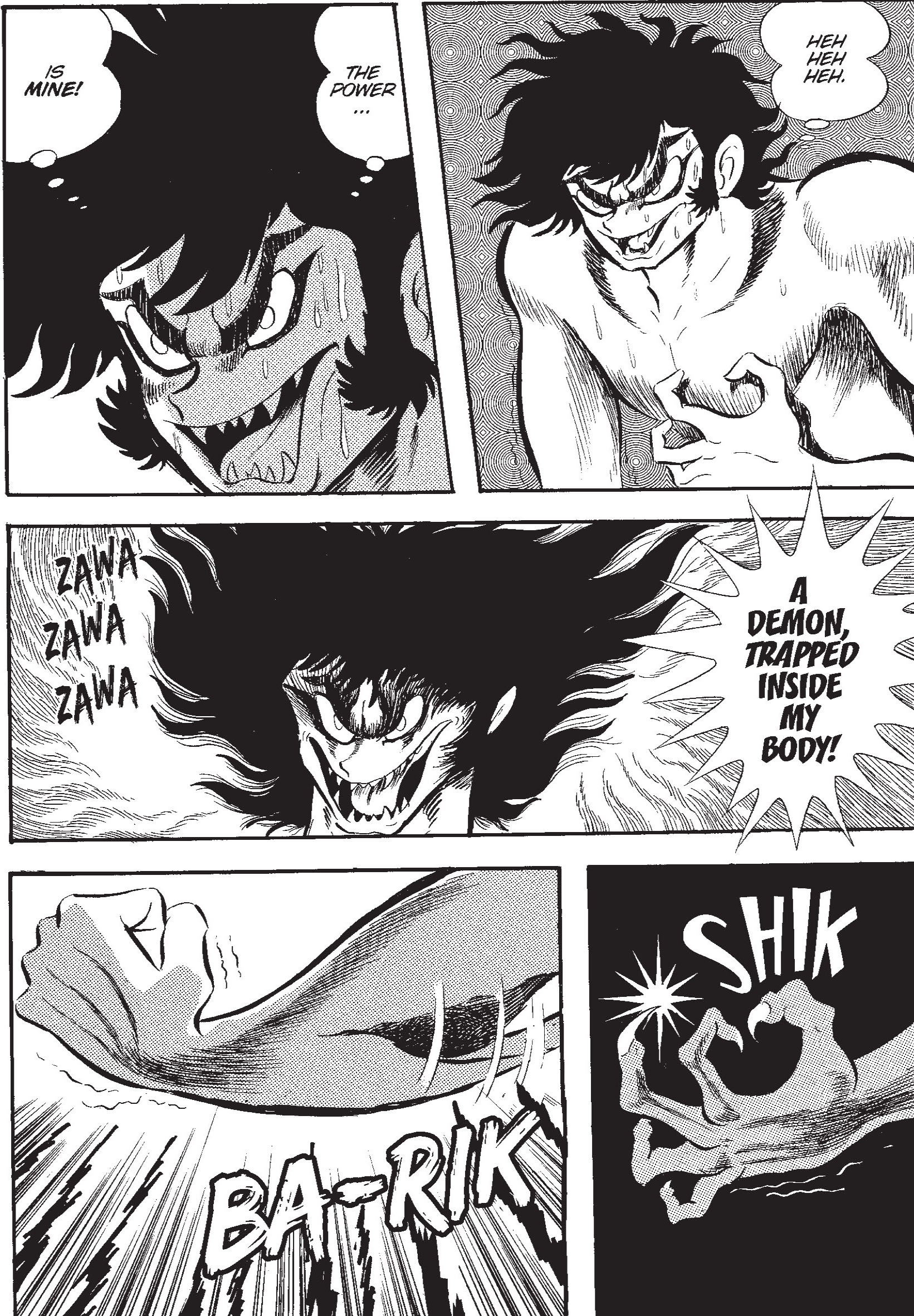
What surprises in Devilman is the depth of its lore and how it helps put its world together. Great care is taken when explaining the demons’ backstory so that it makes complete sense within the larger narrative. It’s almost scientific in tone and approach.
Go Nagai explains how the demons came up, the reasons behind their violence, and why they were in a constant state of war ever since Prehistoric times. It’s all narrated with investigative integrity. Few works of fiction care so much about building up their worlds with such attention to detail and logical sequence.
Those details, though, add to the story’s overall creepiness factor, and in very clever ways. We learn early on that, in Devilman’s universe, old myths, legends, and even important works of literature, such as Dante’s The Divine Comedy, are evidence of the existence of demons throughout history. These stories, we’re told, don’t happen in a vacuum. Dante, for instance, might’ve actually traveled the depths of Hell and even witnessed the real Lucifer buried in ice. This gives the entire story a very lived-in feel, as if the world and its demons were there long before we got to the reading the manga or watching the anime.
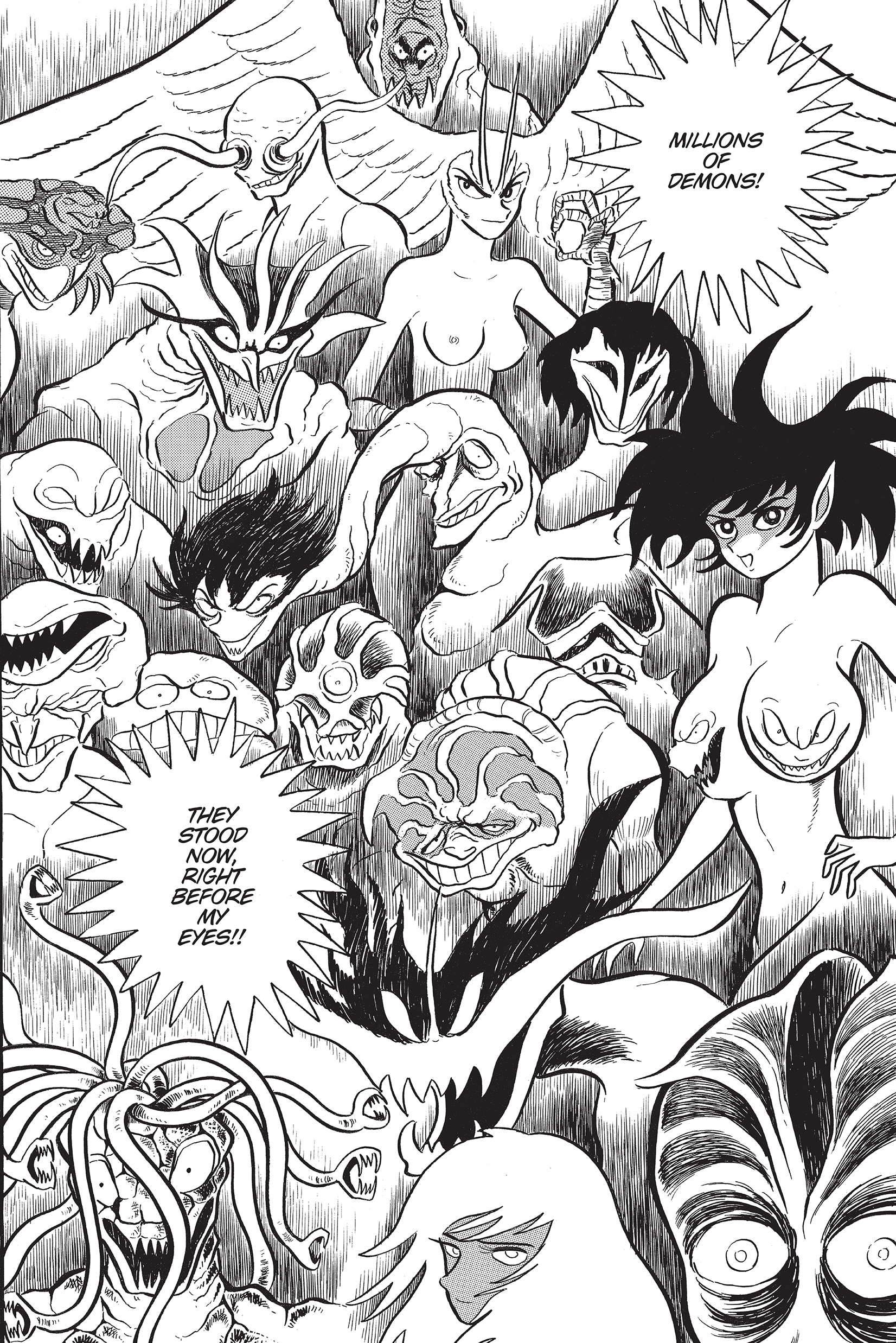
On the demons’ designs, I appreciated they looked and felt ancient and storied. They weren’t random monsters made extra gruesome for the sake of it. The degree of violence in their origin stories is entirely visible in their weaponized bodies. Demons sprout mouths and fangs in unusual places, with some turning their sex into deadly appendages. It makes every bit of biology in the book untrustworthy as it could quite easily be hiding a demon underneath. It’s body horror of the kind horror manga readers are used to, but considering Devilman debuts in the early 1970s, one can easily consider it a source of inspiration for future J-horror stories.
I’m not saying Devilman is responsible for body horror in manga. Body horror has a long history in Japanese fiction and manga, from Barefoot Gen to Cat-Eyed Boy. A lot of it can be traced to the effects of the atomic bombings of Hiroshima and Nagasaki on the Japanese psyche.
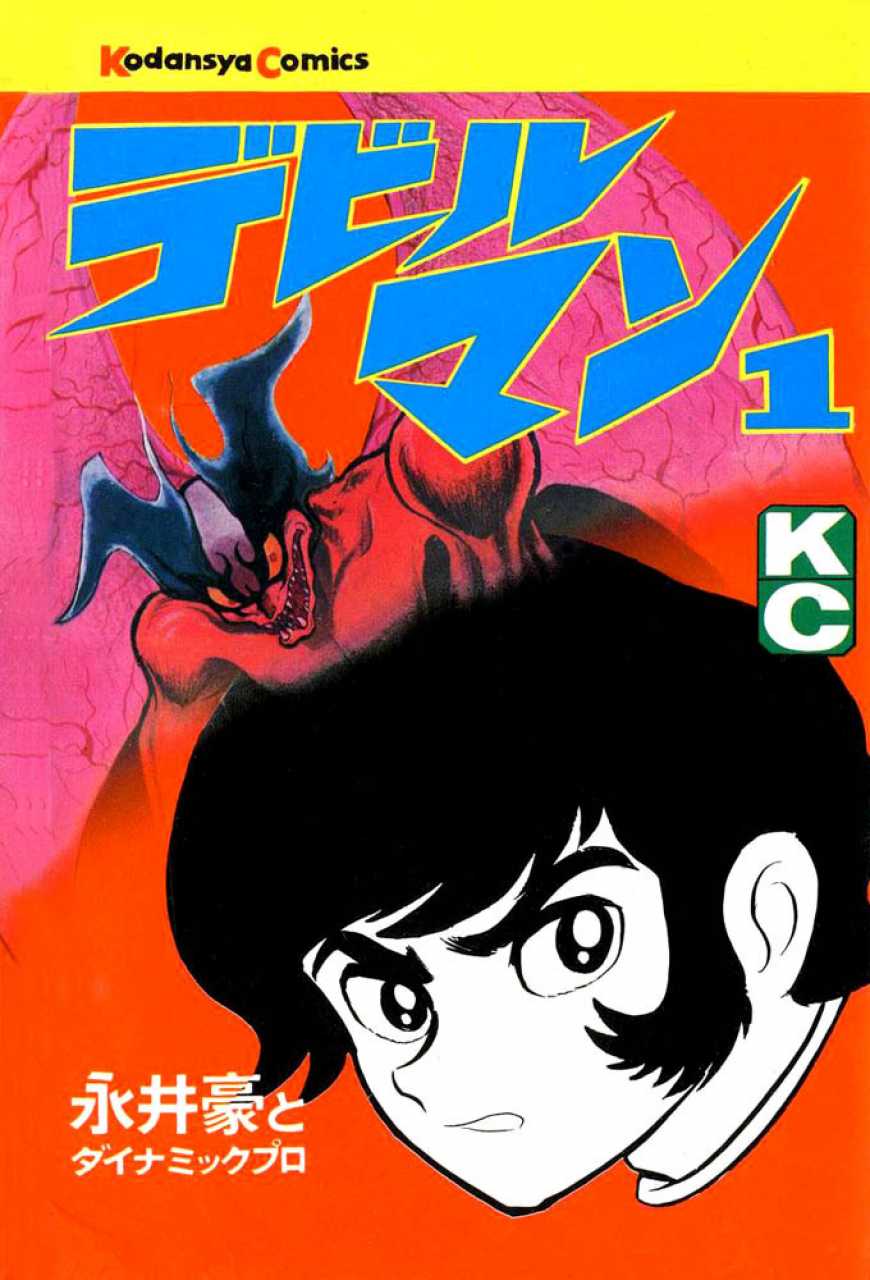
Character development and dialogue feels self-aware, but it fits within the larger scheme of things. Fudo Akira’s character, for instance, sees a sudden shift in attitude once he’s possessed by the devil that gives him his demon-hunting powers. He starts off as a student crippled by fears and turns into a dark and brooding cool guy post-possession. It’s cartoonish but never distracting. Devilman’s war with the demons is where the story’s bigger ideas come out to play, which are surprisingly deep and very interested in the nature of violence as witnessed throughout history and its many wars. It makes for a very memorable read. It’s just clean storytelling and finely tuned horror with something to say.
Discovering Devilman has left me hungry for more. The richness of its universe and its extensive library of haunts and demons is among the most engrossing and compelling I’ve seen to date. I felt like I was reading something truly important as I progressed through the story, a colossal work of horror manga. It’s personal finds such as these that end up haunting me the most. Devilman is hard at work doing precisely that and I don’t know if I’ll be able to shake its horrors once I’m done with it.


